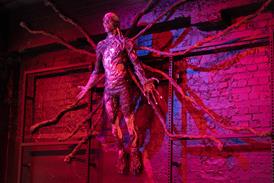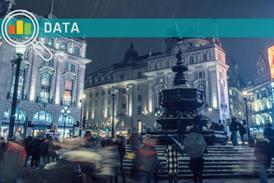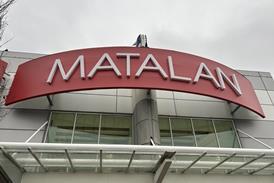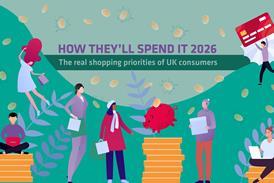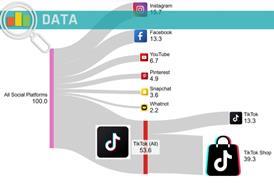Personalisation, promotions and payments – Boots and Farfetch on the next frontier of in-store tech

After growing accustomed to the convenience of online deliveries over the past two years, consumers now need compelling reasons to look up from their screens and retailers face a battle to bring shoppers back to physical locations. Retail Week looks at the cutting-edge tech that could help them win the fight.
To entice their target consumer inside once more, retailers need to eliminate friction, successfully utilise the swathes of customer data they have collected and create memorable experiences. However, they must first tackle the basics before truly ushering in the era of the tech-powered store.
Luckily, a wealth of tech solutions are emerging to create the seamless in-store experience that will lure shoppers back.
Already have an account? Sign in here


